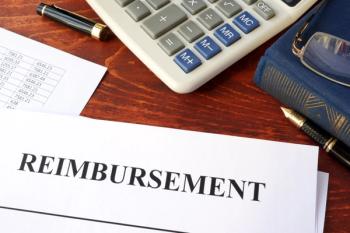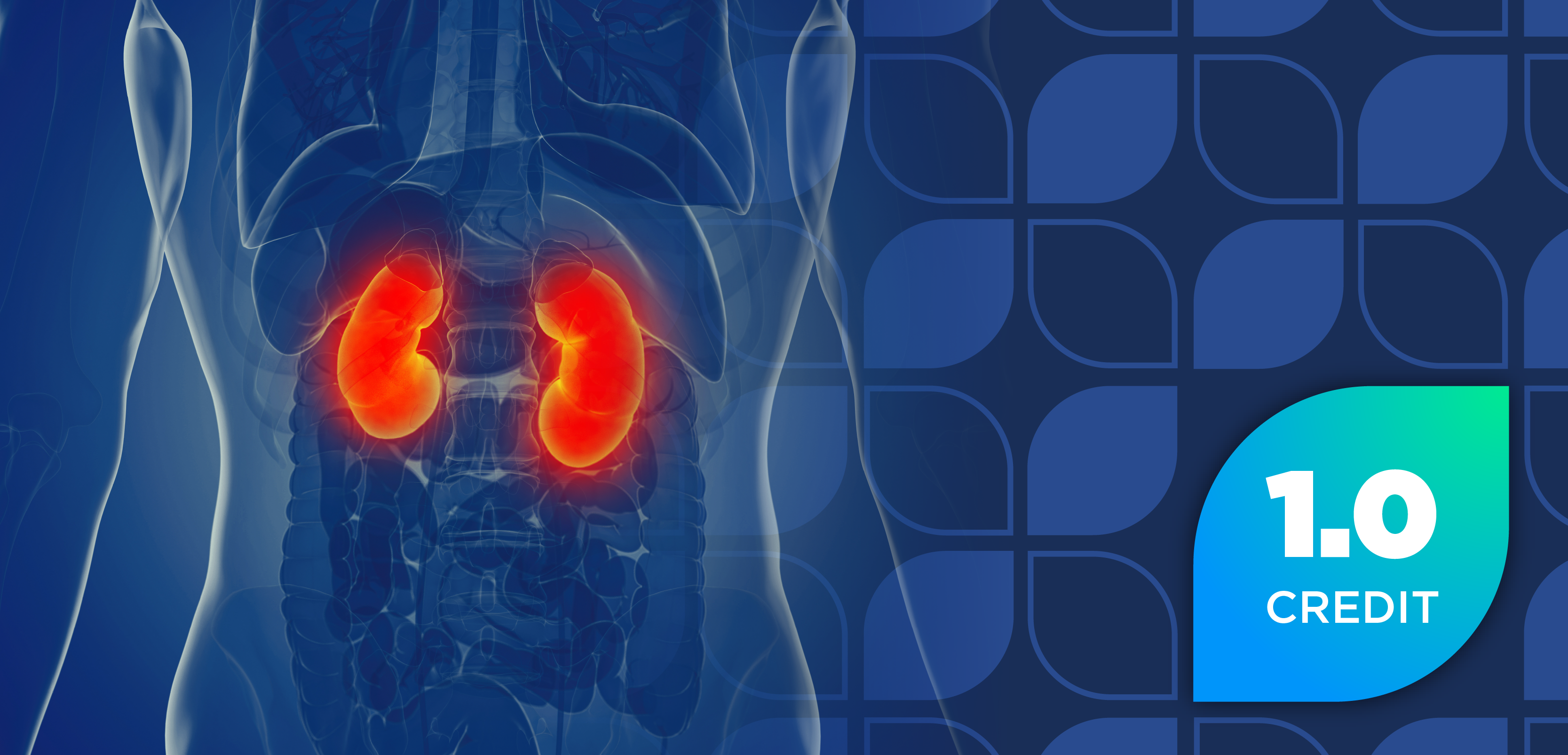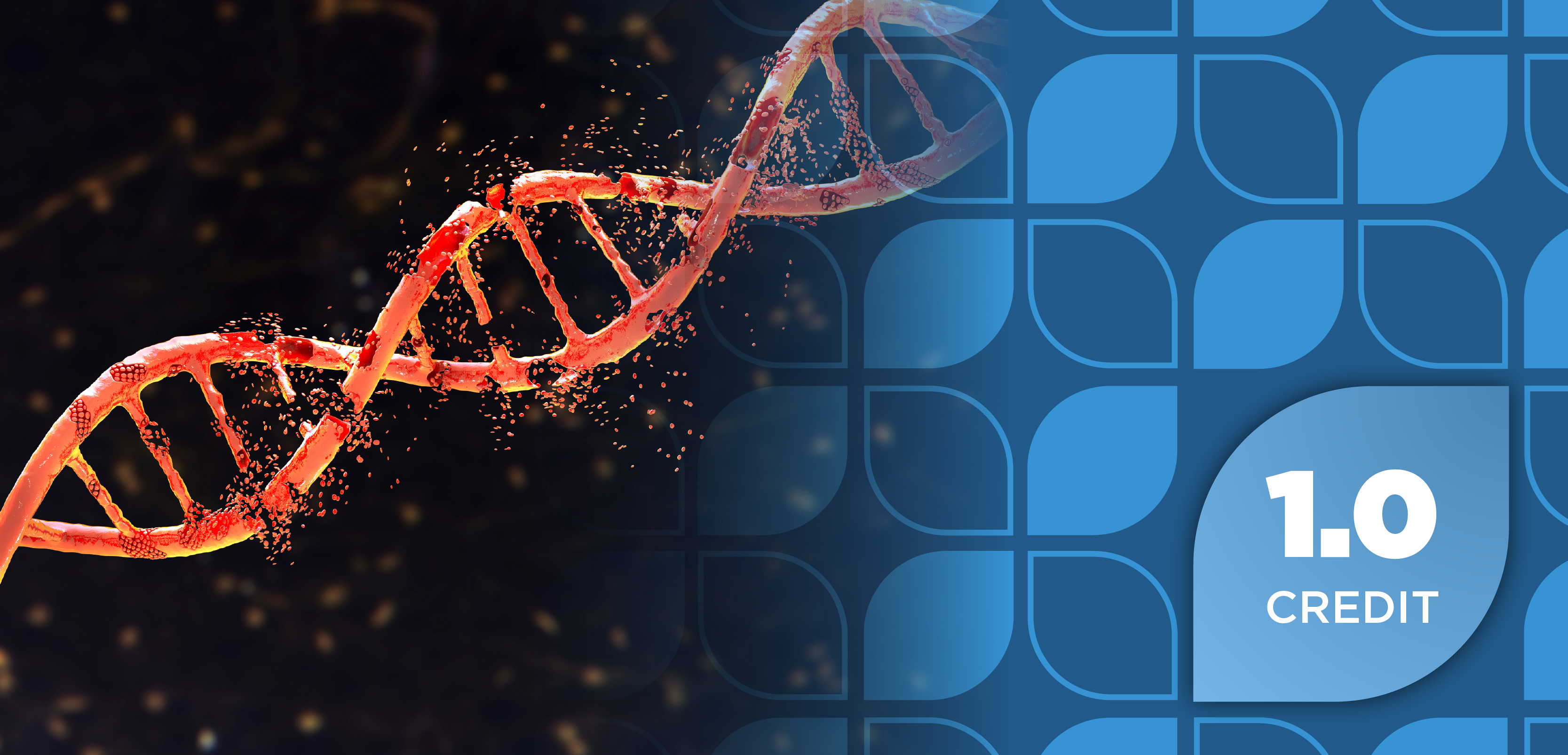
Tramadol and Antidepressants Linked to Increased Seizure Risk in Older Adults
Key Takeaways
- Tramadol combined with CYP2D6-inhibiting antidepressants increases seizure risk, especially in older adults, due to enzyme inhibition leading to drug accumulation.
- A study of 70,156 nursing home residents revealed higher seizure rates with tramadol and CYP2D6-inhibiting antidepressants compared to other antidepressants.
Combining tramadol with CYP2D6-inhibiting antidepressants raises seizure risk in older adults, highlighting the need for careful medication management.
Combining tramadol (Ultram; Janssen Pharmaceuticals) with CYP2D6-inhibiting antidepressants is associated with a higher risk of seizures, according to findings published in Neurology. The findings highlight the need for careful monitoring of treatment to identify potential drug–drug interactions and ensure the best possible patient outcomes.1
Tramadol
Tramadol is an opioid analgesic commonly prescribed for moderate to severe pain. It is metabolized in the liver by the CYP2D6 enzyme. Certain antidepressants, such as fluoxetine, paroxetine, and bupropion, inhibit this enzyme, potentially leading to higher levels of tramadol in the bloodstream. This accumulation can increase the risk of adverse effects, including seizures.1,2
Study Design and Findings
The study analyzed 10 years of Medicare data, focusing on 70,156 nursing home residents 65 years and older who were prescribed both tramadol and an antidepressant. Participants were divided into 2 groups based on which medication they started first. The researchers then compared seizure rates between those who took tramadol with CYP2D6-inhibiting antidepressants and those who took tramadol with antidepressants that do not inhibit the enzyme.1
The results revealed that individuals taking tramadol with CYP2D6-inhibiting antidepressants had a higher incidence of seizures. Specifically, for those who started with tramadol, the seizure rate was 18 per 100 person-years, compared with 16 per 100 person-years for those taking other antidepressants.1
For those who started with an antidepressant, the seizure rate was 22 per 100 person-years with a CYP2D6-inhibiting antidepressant, compared to 20 per 100 person-years with other antidepressants. After adjusting for factors such as pain levels, depression symptoms, and cognitive ability, the risk of seizures was approximately 9% higher when tramadol was taken with a CYP2D6-inhibiting antidepressant.1
“We found a modest but measurable increase in the risk of seizures when tramadol was taken with antidepressants that inhibit the CYP2D6 enzyme,” said study author Yu-Jung Jenny Wei, PhD, of The Ohio State University in Columbus. “This risk was consistent whether the antidepressant or tramadol was started first.”2
Clinical Implications
These findings underscore the importance of careful prescribing practices, especially for older adults who often have complex health conditions. Pharmacists should be aware of the potential for increased seizure risk when combining tramadol with CYP2D6-inhibiting antidepressants. Given the widespread use of both medications in this population, these interactions warrant close monitoring and consideration of alternative pain management strategies.
In contrast, the study found no increased seizure risk when hydrocodone, another opioid pain reliever, was used with CYP2D6-inhibiting antidepressants. This suggests that the interaction may be specific to tramadol, highlighting the need for tailored treatment approaches.1
The combination of tramadol and certain antidepressants in older adults presents a significant risk for seizures. This study provides valuable insights that can inform clinical decision-making and promote safer prescribing practices. As the population ages, it is crucial to remain vigilant about potential drug interactions and their implications for patient health.
“These findings underscore the need for careful prescribing practices, especially for older adults with complex health conditions,” said Wei. “Doctors should be aware of potential seizure risks when prescribing tramadol with antidepressants, particularly CYP2D6 inhibitors. Given how commonly both are prescribed to older adults, these interactions may be more important than previously thought.”2
REFERENCES
1. Wei Y, Winterstein A, Schmidt S, et al. Risk of seizure associated with concomitant use of tramadol and antidepressants in older nursing home residents. Neurology. October 8, 2025. Doi:10.1212/WNL.0000000000214270
2. Pain and antidepressant drug combo linked to increased seizure risk in older adults. News Release. October 8, 2025. Accessed October 9, 2025 https://www.eurekalert.org/news-releases/1100689
Newsletter
Stay informed on drug updates, treatment guidelines, and pharmacy practice trends—subscribe to Pharmacy Times for weekly clinical insights.


























































































































































































































